OH! LOOK! A FOX!
OH! LOOK! A FOX!
Connor was diagnosed with ADHD, but he didn’t understand what that should mean.
Compared to some children he was quite mild.
Compared to others - extremely wild.
It can be precarious to label a child.
A wrong diagnosis is often filed.
Having a disorder made Connor feel low.
He didn’t want school or his friends to know.
He created an imaginary friend.
A true companion to the end.
A fox to personify ADHD.
I know that friend is real… because that friend is me!
This highly anticipated and unique children’s book launched during the ADHD awareness month 2020, bringing entertainment and relief to children, families and teachers.
Award-winning Welsh filmmaker and content producer Nathan Erasmus collaborated with talented Polish illustrator Monika Dzikowicz, to release a new type of children’s book that embraces neurodiversity, written from the perspective of the children who are wired differently.
DID YOU KNOW? - In the UK it’s thought that between 2% to 5% of school-aged children have ADHD.
PRAISE FOR THE BOOK
“The idea of the fox is a very creative, non-pathologising way of exploring the issues.”
Dr. Lucy Johnstone - Psychologist.
“A great book that I can easily see bringing relief to many parents and young people.”
Nollaig McSweeny - Behaviour Therapist (DBT)
“A fantastic resource for families and children that provides valuable insight into attention deficit from the young person’s perspective.”
Roisin Reid - Clinical Child Psychologist
THE STORY BEHIND THE BOOK
This is a topic close to my heart. My godson has ADHD.The school his parents wanted him to attend would only accept diagnosed children if they were medicated. Can children really handle the physical and emotional effects of these drugs? In the developmental years, any form of strong, daily medication like Ritalin or Adderall should be a last resort.
This children’s illustrative book, created alongside medical professionals, offers a fresh and supportive alternative to parents and children that live with ADHD. It acknowledges some of the difficulties but also highlights some of the positive traits children with ADHD display, such as resourcefulness, creativity, boundless enthusiasm, sensitivity and the ability to hyper-focus.
If a child has the right support and coping strategies, then ADHD can be a truly amazing thing and not just another disorder needing medication.
Is Attention Deficit and Hyperactivity really a Disorder? This book starts that conversation in a fun, affirming and rhyming way!
(Nathan Erasmus: Author)
I believe teaching emotional intelligence to kids and adults is extremely important. Knowing yourself, your needs and schemas help with solving problems so we can live a happier life. Good communication is also key, and the book features a good heart-to-heart between Connor and his mum, as well as him explaining to his class his struggles so they can understand him better.
(Monika Dzikowicz: Illustrator)
HOW CONNOR CAME TO LIFE

Original

Sketch

Silhouette

Silhouette Spread

Sketch

Clean Up

Colour-Scripted


Final

Page Example

Front Cover











